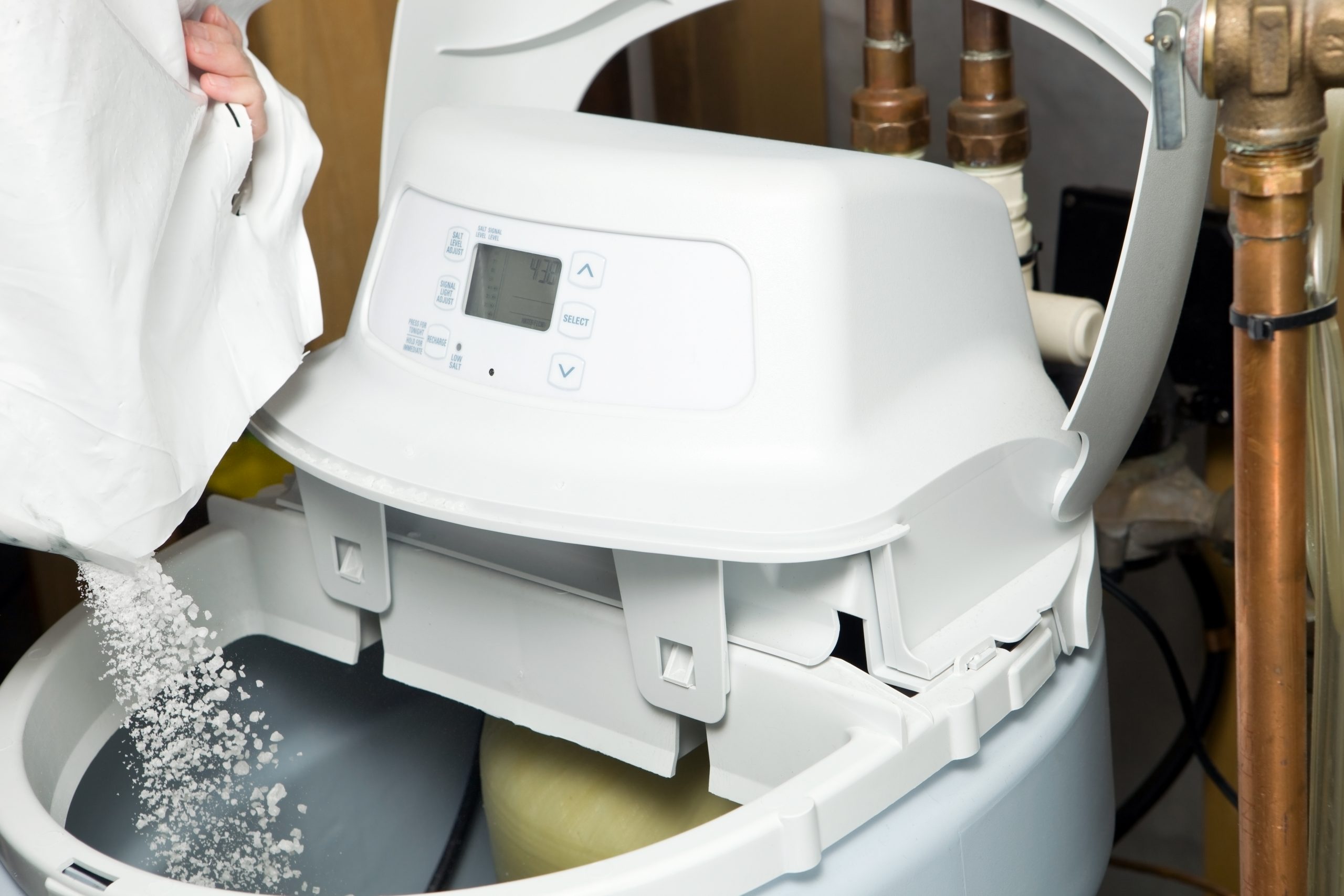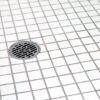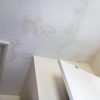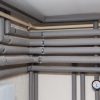The Ultimate Guide to Water Softener Maintenance

Water softeners are a quiet hero in many Minnesota homes, working tirelessly behind the scenes to fight hard water. They save you money, protect your appliances, and make your skin and hair feel great. But like any hard-working appliance, a water softener needs a little routine care to keep it running smoothly.
This guide will walk you through everything you need to know about water softener maintenance, so you can continue to enjoy the benefits of soft water for years to come.
How a Water Softener Works
Before we dive into maintenance, let’s quickly review how a water softener does its job. The process, called “ion exchange,” is simpler than it sounds.
Your water softener contains a tank filled with thousands of tiny resin beads. These beads have a negative charge, which attracts positively charged minerals like calcium and magnesium, the main culprits of hard water. As hard water flows through the resin tank, these minerals stick to the beads, and the beads release sodium ions in their place. This “exchange” is what makes your water soft.
Over time, the resin beads become saturated with hard minerals and need to be cleaned. This cleaning process is called regeneration. To regenerate, the system floods the resin tank with a saltwater solution from the brine tank. The concentrated salt solution washes the calcium and magnesium off the resin beads, sending the mineral-rich water down the drain. The beads are now ready to soften water again.
Signs Your Water Softener Needs Maintenance
If your system isn’t working correctly, you’ll start to notice some of the classic signs of hard water returning. Be on the lookout for:
- Stiff, Dingy Laundry: Your clothes may feel rough after a wash, and whites can start to look gray.
- Spotty Dishes: You’ll see cloudy film or white spots on your glassware and silverware, even after a run through the dishwasher.
- Lack of Suds: Soap and shampoo won’t lather as well as they should.
- Dry Skin and Hair: Hard water residue can leave your skin feeling dry and your hair looking dull.
- Reduced Water Pressure: Mineral buildup in your pipes can restrict water flow, causing a noticeable drop in pressure.
Easy DIY Maintenance Tips
The good news is that most of the basic maintenance for your water softener is easy to do yourself. Here are a few simple steps to keep your system happy.
- Check Your Salt Levels: This is the most important and most frequent task. Make sure the brine tank is always at least half-full of salt. If you let the salt level drop too low, your system won’t be able to regenerate properly, and you’ll get hard water.
- Break Up Salt Bridges: A salt bridge is a hard crust that can form in the brine tank. It’s caused by high humidity, using too much salt, or using impure salt. The salt bridge creates an empty space below it, which prevents the salt from dissolving and a proper saltwater solution from forming. To check for one, gently push a broom handle into the salt to see if there’s a hard layer beneath the surface. If you find one, carefully break it apart.
- Clean the Brine Tank: Every one to two years, you should clean the brine tank to remove any sediment or sludge that has built up at the bottom. This is a simple process of scooping out the remaining salt, flushing the tank with a hose, and then refilling it.
When to Call a Professional Plumber
While DIY maintenance is great for day-to-day care, there are times when you should always call a professional.
A plumber can perform a comprehensive tune-up that goes beyond what you can do at home. They will test your water hardness, check the regeneration cycle, inspect the resin bed, and make sure all the system’s components—like the control valve and drain lines—are working as they should. This professional service can catch minor issues before they become major, costly repairs.
If you are experiencing any of the following, it’s time to call a pro:
- Your water is still hard even after you’ve checked the salt levels.
- The system won’t regenerate or is constantly running.
- You notice an unusual amount of water in or around the brine tank.
- There’s a significant drop in your water pressure.
- The system is making unusual noises.
At Robillard Plumbing, we’ve been the trusted name for plumbing services in the Northwest Metro area since 1986. We have the expertise to handle everything from water softener installations to routine maintenance. Our team can help diagnose any issues, perform a thorough cleaning, and ensure your system is running efficiently to protect your home.
Don’t let hard water headaches ruin your day. Contact us today to schedule your water softener maintenance service and ensure your home is protected and running smoothly.



